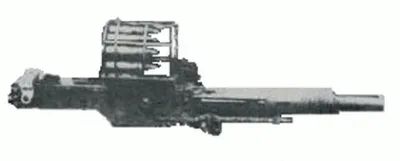... mostly for the IJN, but the IJA can benefit, too.
Japanese manufactured a number of 2-engined designs, some better than the other. What they lacked - talking about series-produced A/C - were the really high performance heavy fighters, and actually fast bombers.
Any suggestions on what they should be doing differently, within the constrains of technology available for them in 1939-45?
Japanese manufactured a number of 2-engined designs, some better than the other. What they lacked - talking about series-produced A/C - were the really high performance heavy fighters, and actually fast bombers.
Any suggestions on what they should be doing differently, within the constrains of technology available for them in 1939-45?

